Do's and Don'ts of Lubricating a Vehicle Tire
If you want the tyre remounting and mounting process to be a hassle-free process for you, then all you need to do is to focus on lubricating your car's tyres. If you talk to a professional tire technician, you will get to hear a lot about the importance of lubricating the tyres and what substances can come in handy to you in this process.
Now, you might be wondering what possibly can go wrong if you do not lubricate the tyres, right? Well if yes then here is what you need to know! When you do not lubricate your tyres, you will experience improper mounting. In addition to this, corrosion on the rim is also what you will have to go through.
It might not seem important to numerous people, but honestly, it can cause some serious accidents that can result in fatal injuries and even death. The long story short of what we are trying to tell you is that you are supposed to lubricate your tyres on time and make sure that they are well-maintained.
Before discussing how to lubricate a tyre, its do's and don'ts, let us discuss the purpose of lubricating a tire.
Purpose of Lubricating a Tire
Lubricating a tire serves the following main purposes:
- Mounting and the wheel can damage the tire beads. Therefore, proper lubrication reduces the possibility of damage.
- Reduces the possibility of improper bead seating.
- Reduces the chances of irregular tyre mounting.
- Eases the mounting of the tire on the wheel or rim.
How to Lubricate a Tyre?
After you remove the tire from the rim, it is when you are required to lubricate the tire before mounting a new one. There is this small process that you need to follow for lubrication;
➔ First, deflate the tyre, remove the valve core, and then take off the wheel assembly slowly.
➔ You need a tool to break the beads of the tyre, so do that. That is when you will have to lubricate the tire in order to take it off the rim.
➔ Now, before mounting a new tire, prepare the lubricant and then adjust the tire to install it back on the rim.
Special equipment is used for all of this process. Therefore, PitStopArabia recommends non-professionals to not try it on their own. You need proper experience, knowledge, and practice. Hence, the wiser thing to do is to opt for professional help. Otherwise, you risk damaging the tire, rim or even causing self-harm.
The Do’s and Do Nots of Lubricating a Tire
There are some specific guidelines that you are supposed to follow in this process, and we are now going to talk about them.
➔ Do Use A Non-Water Lubricant
Water-based lubricants can cause rim corrosion, and that is the last thing on Earth that you’d want. So always make sure that there is no water used at all.
➔ Do Use Commercial Lubricants
Commercial lubricants are used explicitly for tire mounting. These lubricants will help you protect the rim so you should always opt for it even if you have to spend a little extra money.
➔ Do Apply the Lubricant Carefully
You cannot just dip the tire in the lubricant, that is not how it works. You need to make sure that the amount you are applying is sufficient and it is covering the tire bead area properly. Do not use an excessive amount!
➢ Do Not Put the Solution Inside the Tire
The tire is supposed to be clean and dry from the inside so never apply the solution inside the tire. It must only adhere to the outside.
➢ Do Not Use Petroleum Products
No silicon and no other petroleum-based product is supposed to be applied on the tire. Buy a safe and high-quality lubricant for your tires.
➢ Do Not Rush
You need to lubricate your tires slowly and correctly. Do not start applying the lubricant in a rush because you might end up ruining the tire or putting some lubricant on the inside.


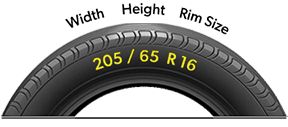










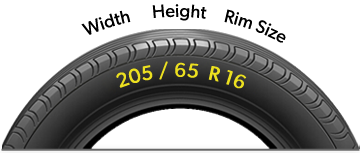

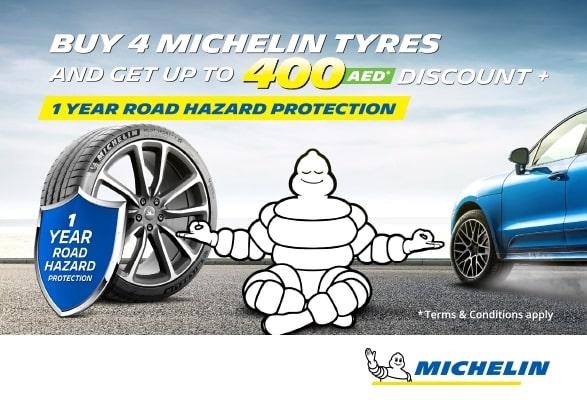





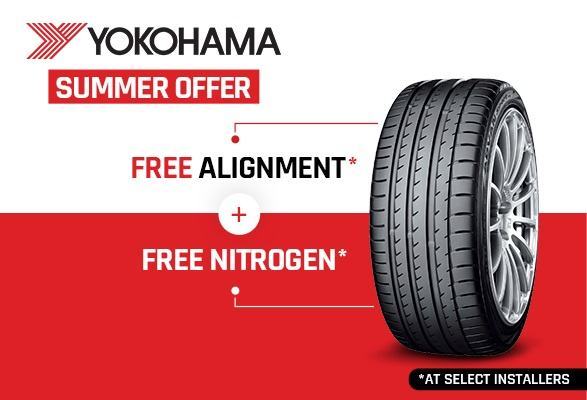
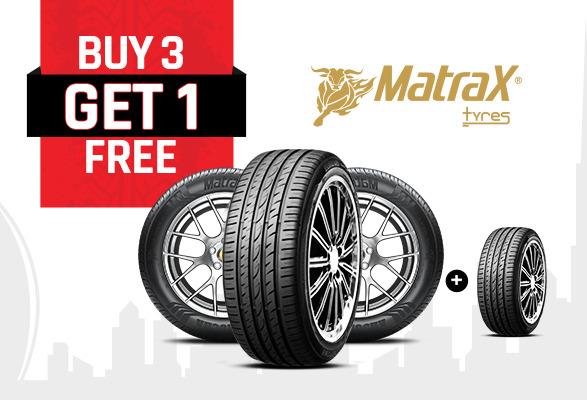
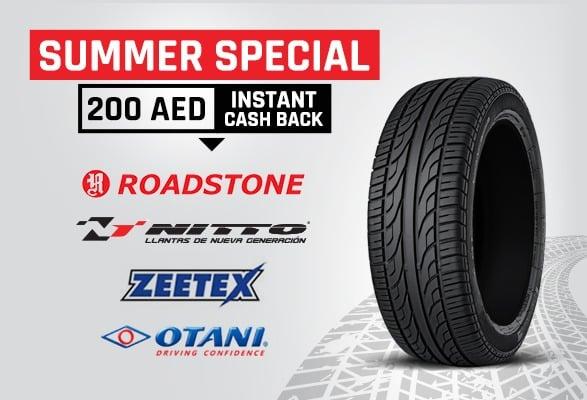





















Conclusion
These are some of the do’s and don’ts to follow when it comes to lubricating your tires. Follow these guidelines carefully and meticulously. Moreover, do not overlook the importance of tire lubrication as it matters a lot, and it can save you from accidents. Lastly, ensure that the lubricant is free from any impurities like sand, dirt, or any other similar particles.